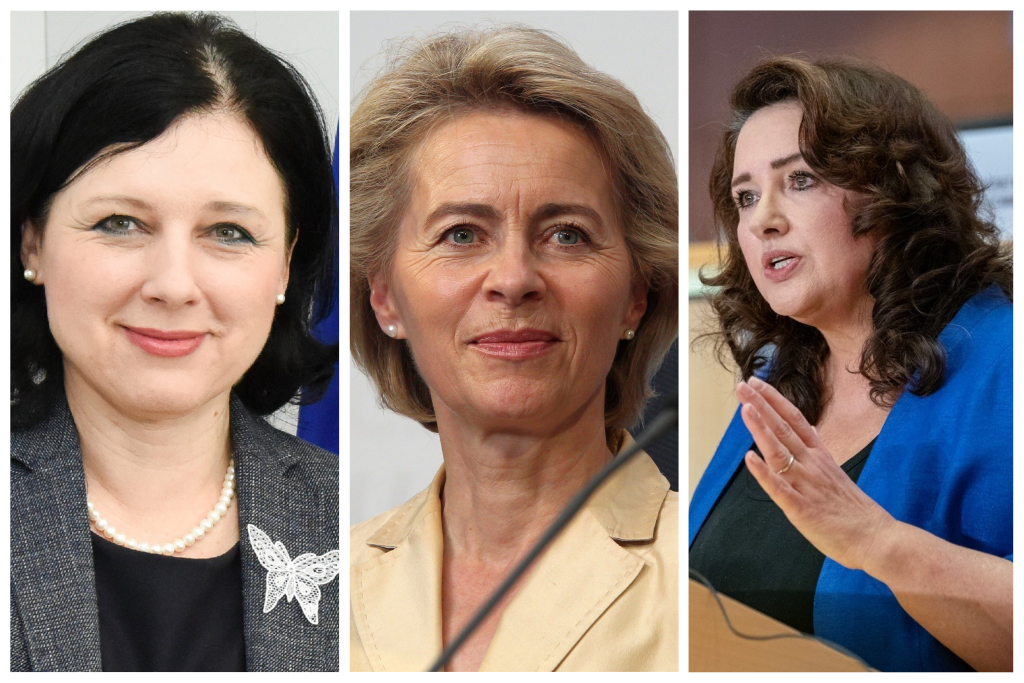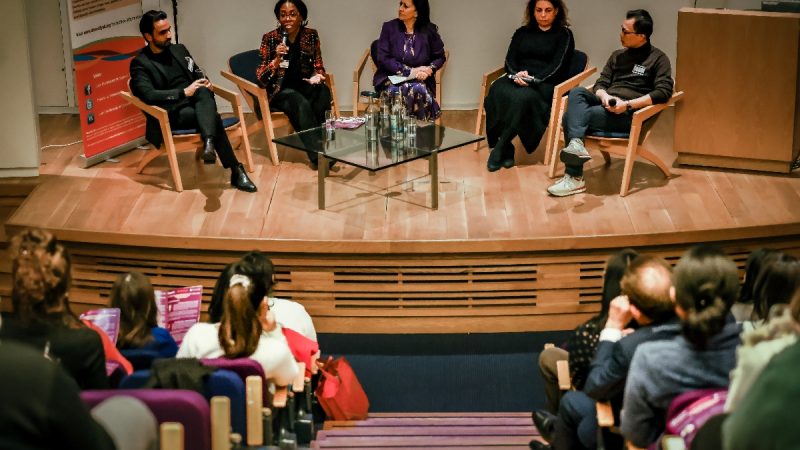EU launches its new Gender Equality Strategy

Today, the European Commission presented its Gender Equality Strategy 2020-2025 for equality between women and men in Europe. While the EU is a global leader in gender equality and has made significant progress in the last decades, gender-based violence and stereotypes continue to persist: one in three women in the EU was subject to physical and/or sexual violence. Even though more women graduate from universities, they earn on average 16% less than men do and only 8% of CEO's of the EU's largest companies are women.
To address this, the Gender Equality Strategy 2020-2025 sets out key actions for the next 5 years and commits to ensure that the Commission will include an equality perspective in all EU policy areas. The Strategy outlines how the Commission will deliver on the promise made by President von der Leyen that Europe provides the same opportunities for all that share the same aspirations.
President of the European Commission, Ursula von der Leyen, said:
“Gender equality is a core principle of the European Union, but it is not yet a reality. In business, politics and society as a whole, we can only reach our full potential if we use all of our talent and diversity. Using only half of the population, half of the ideas or half of the energy is not good enough. With the Gender Equality Strategy, we are pushing for more and faster progress to promote equality between men and women.”
Vice-President for Values and Transparency Vera Jourová said:
“Europe is a good address for women, despite all shortcomings. As our society is undergoing important transitions, be it green or digital, we must ensure that women and men have equal opportunities and that inequalities are not further exacerbated by change. On the contrary, we have to create conditions for women to be agents for a fair transition at work and in private.”
Commissioner for Equality, Helena Dalli, said:
“The pursuit of equality does not require the shifting of anything from one basket to another. Equality is an infinite resource, and there is enough of it for everyone. On the flipside, discrimination costs the individuals that suffer it and society as a whole dearly, in lack of personal recognition, lack of meritocracy and loss of talent and innovation. With the Gender Equality Strategy we are anchoring gender equality at the core of EU policy development. We aim to ensure that women do not have to surmount additional hurdles to achieve what men have as a given and are instead able to reach their full potential.”
Concrete actions for equality 2020-2025
No EU Member State has so far achieved equality between women and men. The progress is slow while gender gaps persist in employment, pay, care and pensions. To bridge those gaps and allow Europe to reach its full potential in business, politics and society, the strategy outlines a set of key actions including: ending gender-based violence and stereotypes; ensuring equal participation and opportunities in the labour market, including equal pay; and achieving gender-balance in decision-making and politics.
In the EU 33% of women were subjected to physical and/or sexual violence, while 55% were sexually harassed. Women in Europe must be free from violence and harmful stereotypes. To achieve this, the Strategy calls for legal measures to criminalise violence against women. The Commission intends in particular to extend the areas of crime where harmonisation is possible across Europe to specific forms of violence against women, including sexual harassment, abuse of women and female genital mutilation.In addition, the Commission will propose the Digital Services Act to clarify what measures are expected from platforms to address illegal activities online, including online violence targeting women.
Women in the EU earn on average 16% less than men and they still experience barriers to access and remain at the labour market. Gender equality is an essential condition for an innovative, competitive and thriving European economy. Given demographic challenges and green and digital transitions, supporting women to find jobs in sectors with skills shortages, in particular technology and AI sectors, will have a positive impact on Europe's economy. To address the unequal pay the Commission launches today a public consultation on pay transparency and will table binding measures by the end of 2020. To allow women to thrive in the labour market, the Commission will also redouble efforts to enforce EU standards on work-life balance to enable real choice for women and men to develop equally both personally and professionally. Gender equality in context of labour market, social inclusion and education dimensions, will continue to be monitored through the European Semester.
Women remain underrepresented in leading positions, including EU's largest companies where only 8% of CEOs are women. To let women lead in business, among others, the Commission will push for the adoption of the 2012 proposal for gender balance on corporate boards. The Commission will also promote women's participation in politics, including in the 2024 European Parliament elections, including through funding and sharing best practice. To lead by example, the Commission will strive to reach gender balance of 50% at all levels of its management by the end of 2024.
Integrating a gender perspective in all EU policies
Under the lead of Commissioner for Equality, Helena Dalli, and with support of the newly created Task-Force on Equality, the Commission will also integrate a gender perspective in all EU policies and major initiatives, also known as gender mainstreaming. The core challenges affecting the EU today, including the climate and digital transformations, have a gender dimension. The Gender Equality Strategy objectives will also be reflected in EU's actions around the world, promoting women empowerment and tackling gender-based violence.
Click to download the EU Gender Equality Strategy 2020-2025
Click to download the Factsheet – Striving for a Union of Equality




